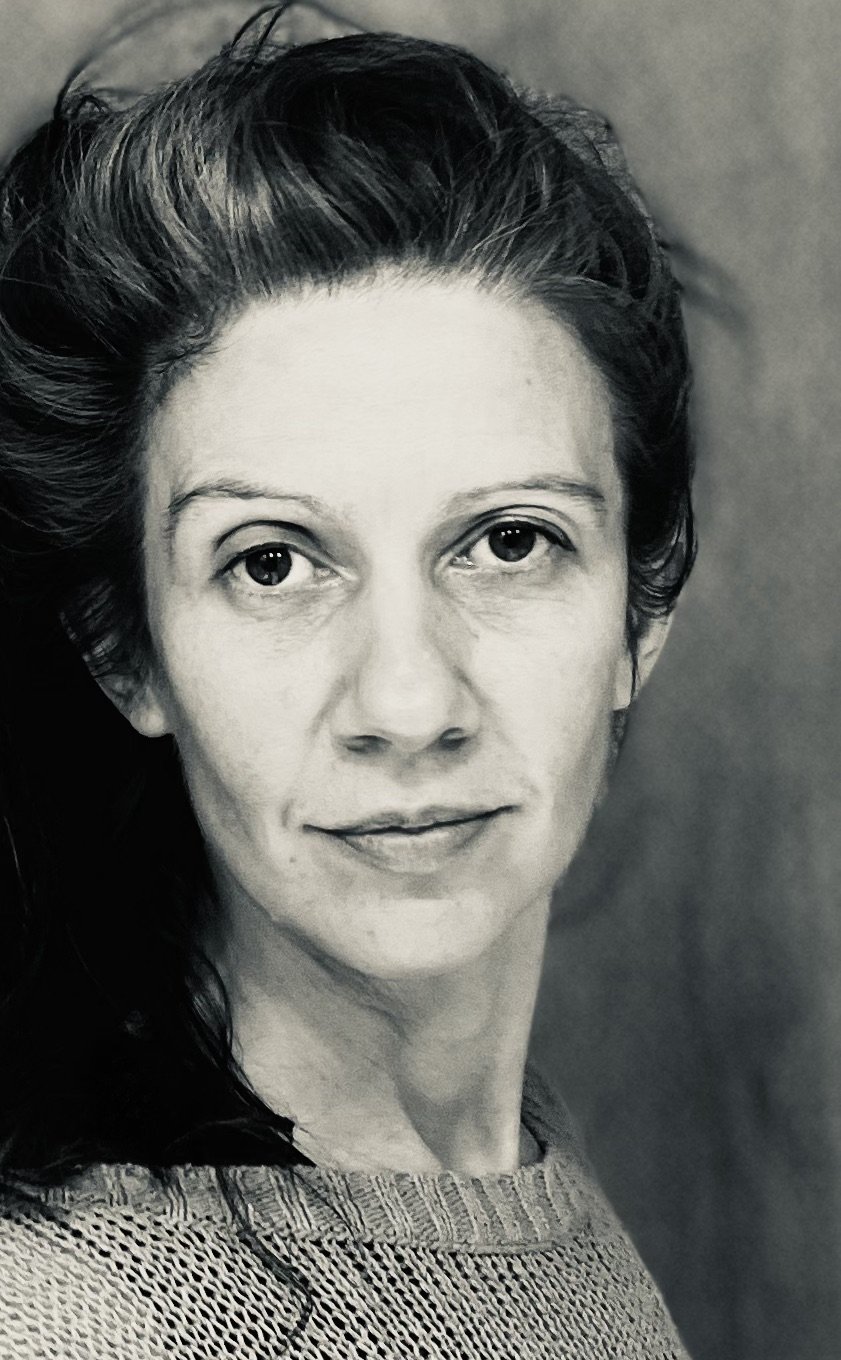ABOUT/
Jena Argenta is a language-based visual artist, educator, writer, & collaborative entrepreneur. She is founding director of Brush & Reed Fine Art Calligraphy Studio, a teaching resource dedicated to the fine arts of communication. Her teaching, visual works, writings, collaborations, & curatorial efforts explore an expanded view of communication—highlighting links between social justice, community centered entrepreneurship, multi-sensory semiotics, healing arts, fine arts, & the continued influence of calligraphic traditions & cultures on contemporary trends. Jena has a BA from Sarah Lawrence College in (post)colonial studies. She apprenticed in Arabic Calligraphy in the Thuluth style with Elinor Aishah Holland in NY & Ahmet Bursali in Istanbul. Her visual work has been privately & commercially commissioned nationally & internationally. Her Kimono design walked the red carpet at the Fez Music Festival in Morocco. For over a decade, she has taught & presented across the US, & in Puerto Rico, Costa Rica & in the CO wilderness through Outward Bound. She is author & illustrator of six commissioned art tutorial books including: Chinese Brush Techniques, Contemporary Calligraphy, & The Art of The Scribble. She was 2020 writer in residence at The Poetry Barn. Her project, How do you write a love letter in American Ink? received a 2024 Arts Mid-Hudson regrant. Through Orange County Arts Council, she directed the 2025 Sustainable Arts Program--a three-year grant & community education initiative. She is a graduate of Leadership Orange & current Artist in Residence at Goshen Green Farm. Solo exhibitions include Wallkill River Center for the Arts & Albuquerque Center for Justice & Peace.
What if the primary sensory organ is neither the eyes nor the ears, but the heart?
How can art make present, not just represent?
—Wendy Shaw, Islamic Art Historian
ARTIST’S
STATEMENT/
Words are sediments, not just sentiments. They shape world-view, spacial composition & socio-sculptural elements of communication, belonging, & inclusion. My work explores an expanded sense of communication through themes of legacy, illegibility, rupture, loss, translation, & intimacy. My palette is subtle & organic, metallic, iridescent, & informed by community voices. Works resist viewing from a single physical vantage-point, sense of self, or linguistic sensibility. They are informed by almost a decade of study & practice in global calligraphies.
Calligraphic forms are love letters in the broadest sense.
In many parts of the world, calligraphy is the highest art. Rooted in sacred traditions & passed hand to hand for generations. “Love letters” & “writing” are both literal & metaphoric to me. They refer to devotional aspects of calligraphy & literature, & refuse to separate form from process & meaning; beauty from beautiful behavior.
I have a deep love for traditional practice— but I don’t consider myself a calligrapher: My service to the art is different. I’m in search of what Anaïs Nin calls counterpoisons.
In the Arabic script I studied, disciplined surrender replaces self-expression. This feels pronounced to me in a country hedged by isolation, nationalism & appropriation—one that takes individual freedom as anthem while simultaneously, as Audre Lorde reminds us, being on the wrong side of every liberation movement.
I want to know how to write a love letter in American Ink without concealing her legacies or my own.
I often incorporate ink made recycled guns to remind me of where I live— if not in script, than in ubiquitous underpainting. American Ink also refers to that beautiful ricochet of voices & languages. Much of what I remake is myself & my English.
If there’s a calligraphy unique to North America, it’s multi-lingual, held up by many hands. Our ligatures—the joins between forms— are a fractured, often illegible confluence of intersecting languages, global ruptures, & profound legacies of international solidarity. Too many remain unanswered, unrequited, & increasingly rendered as if they didn’t exist at all. Love letters first transform the one who writes them.
They require risks in personal significance , disclosure & reckoning. They place honesty over certainty & cultivate the courage necessary to the wait in ambiguous, illegible spaces: There are no finish lines in love. In a burning world, a love letter is an act of resistance.
Writing love letters is dangerous: If they’re sincere, you have to live up to them
—Frederick Franck




